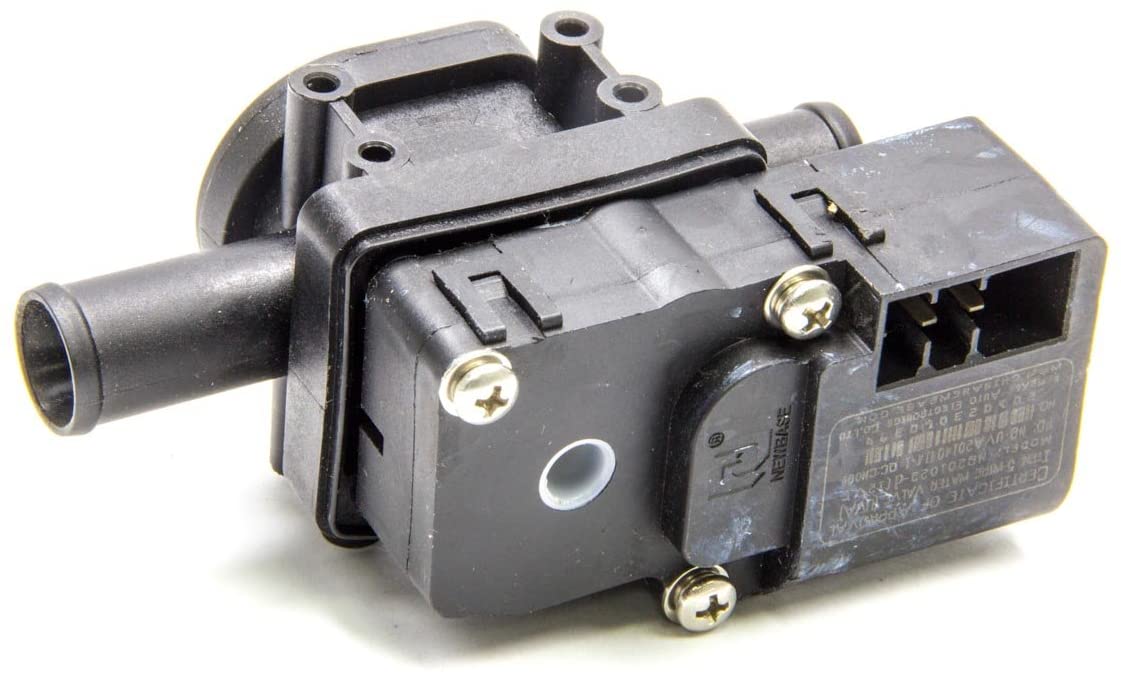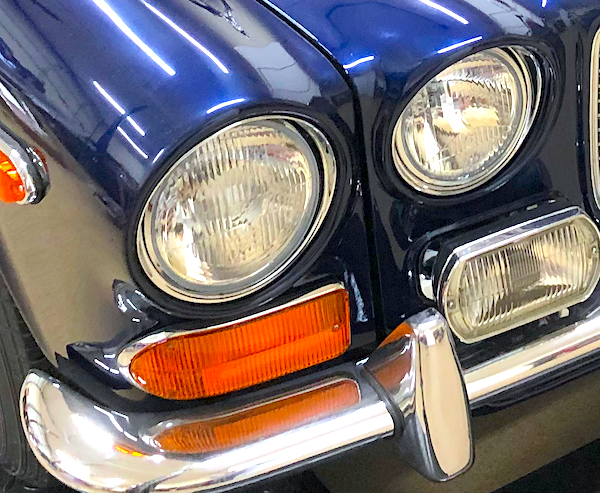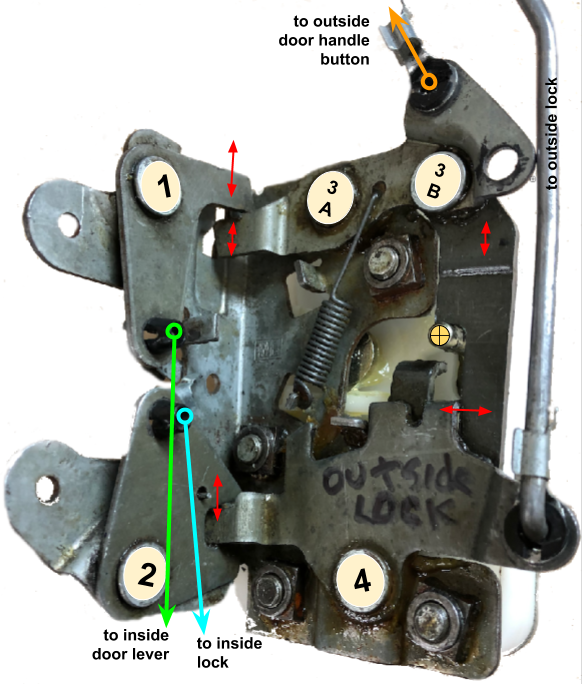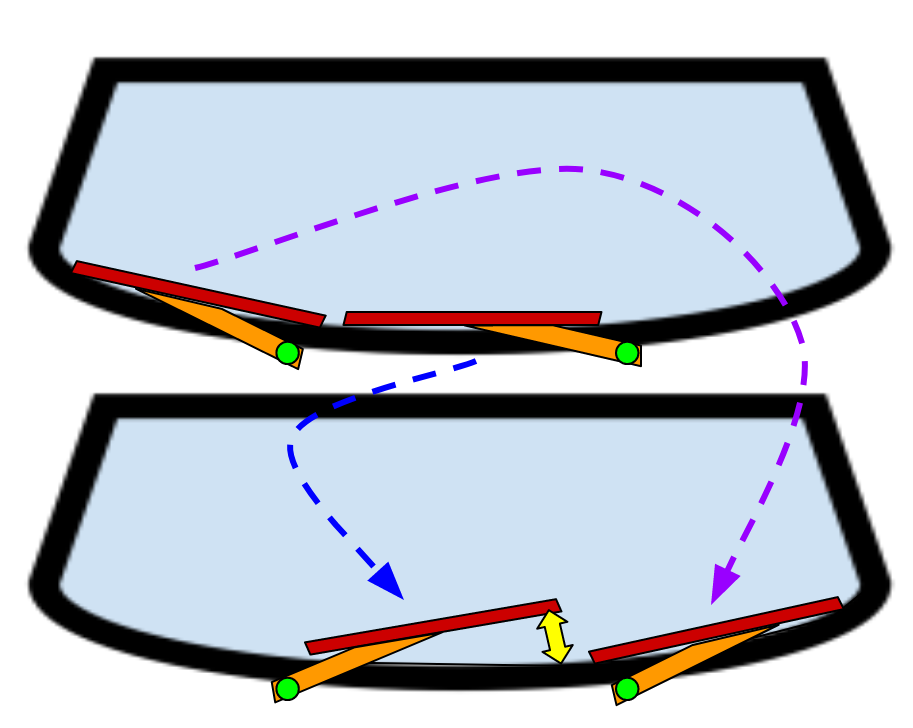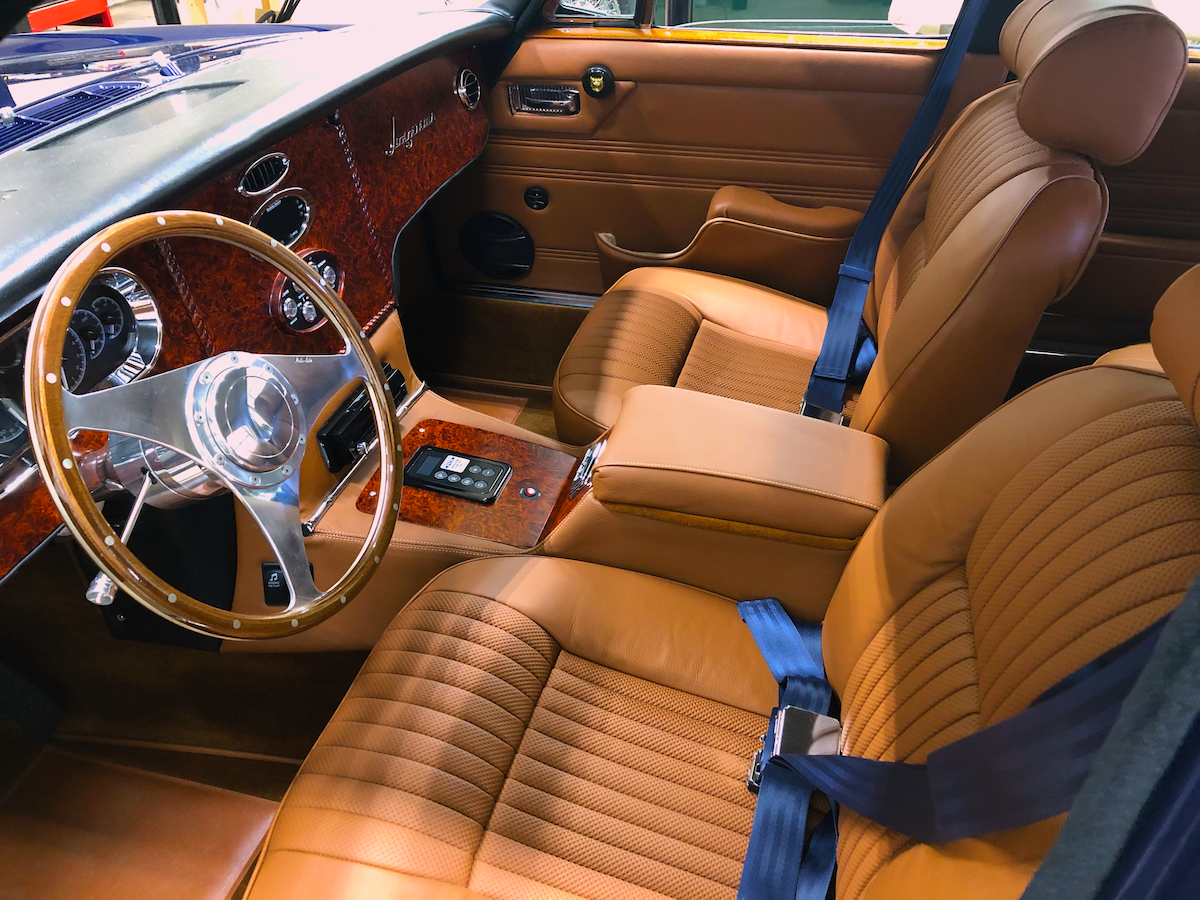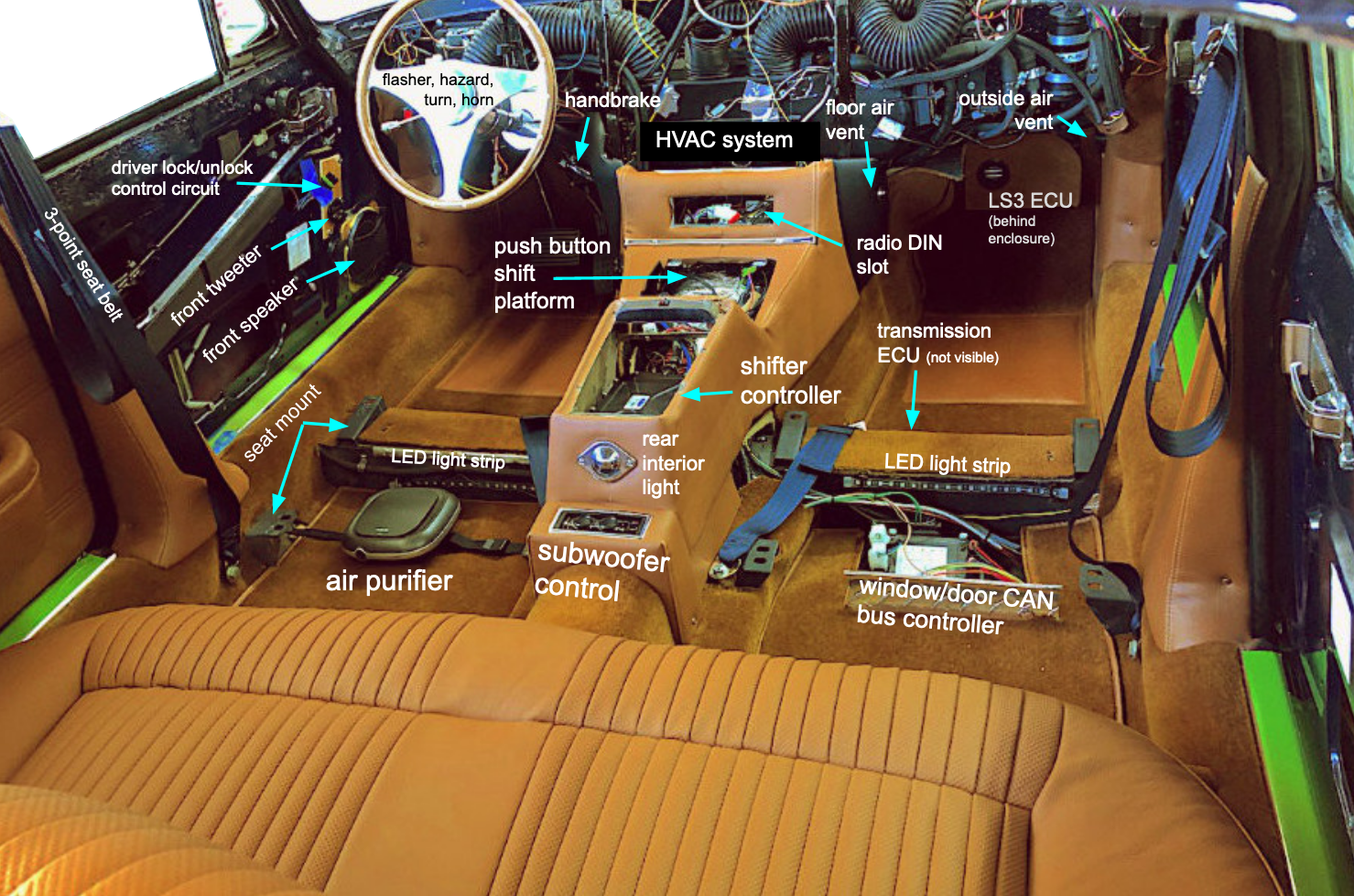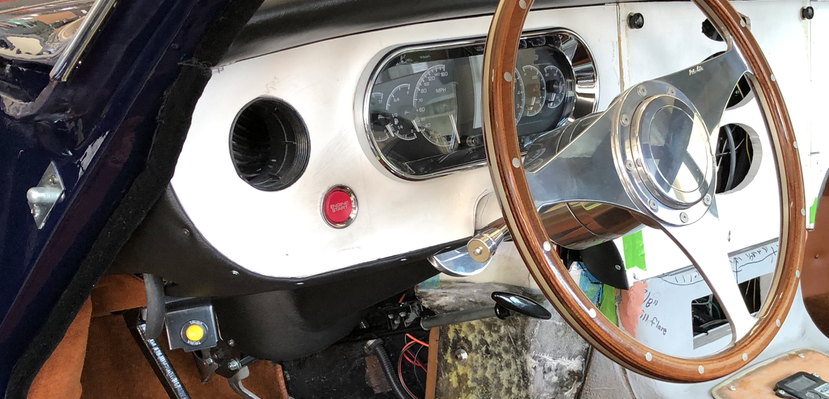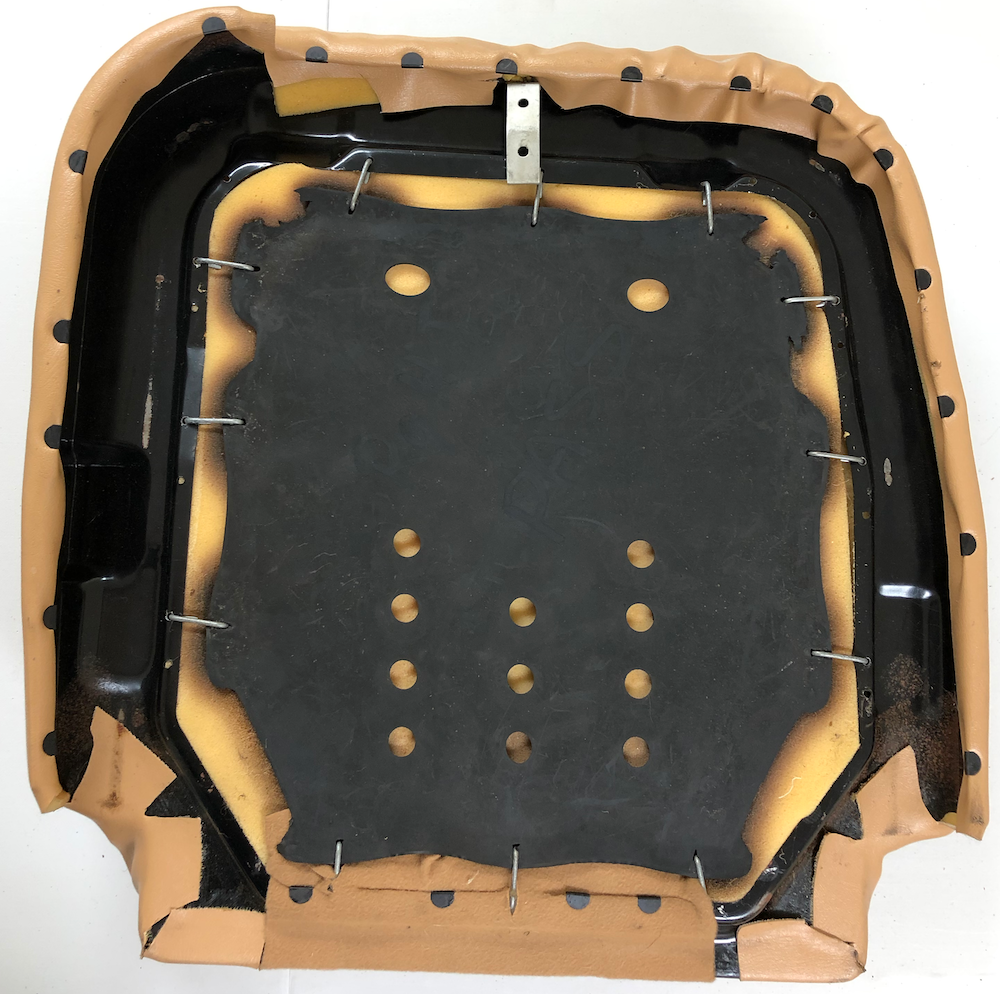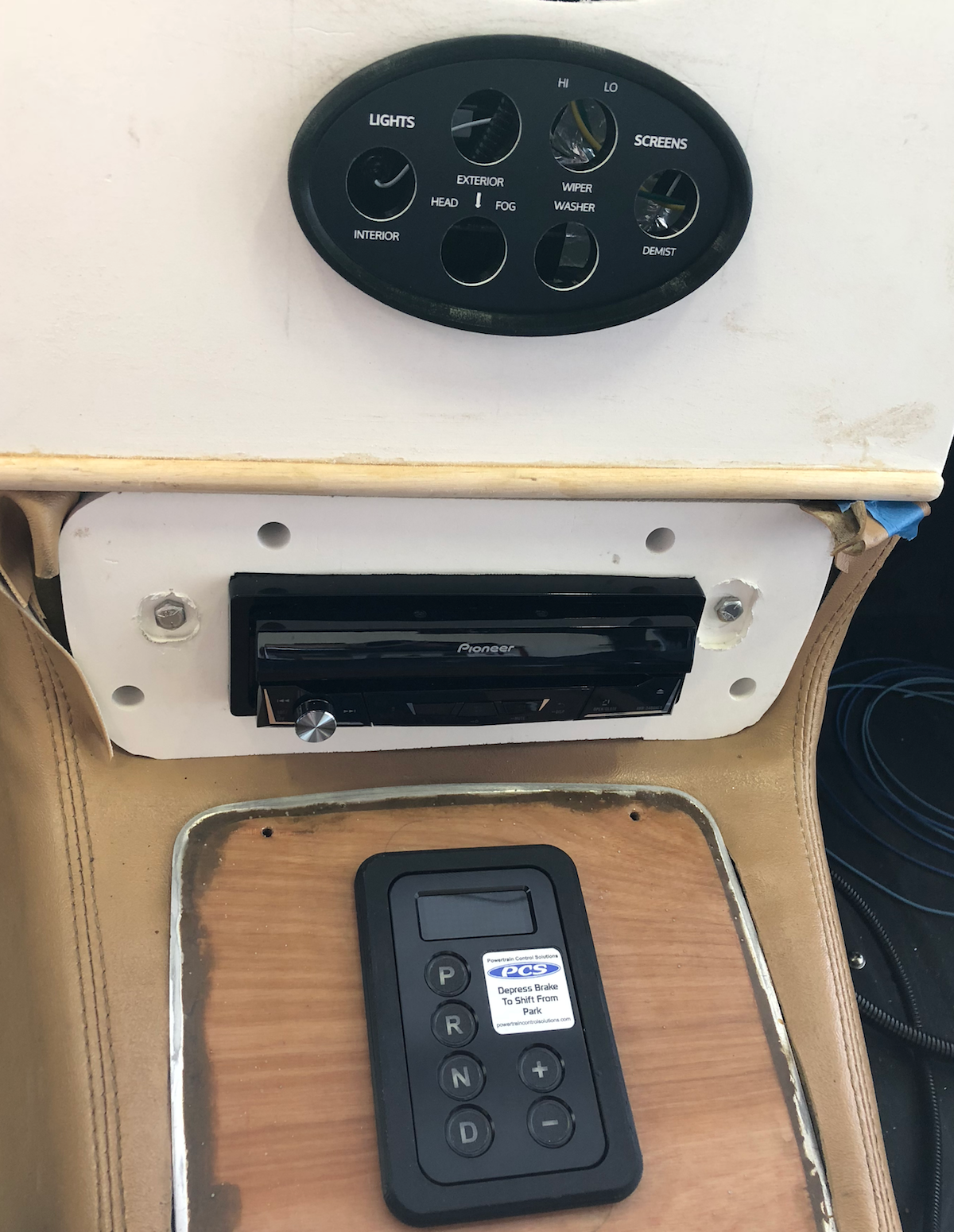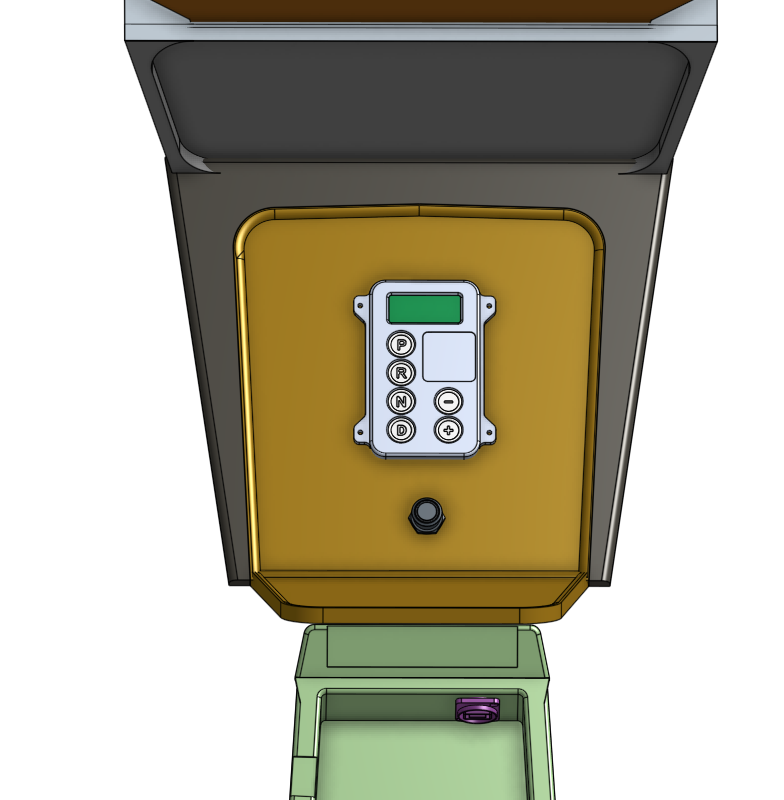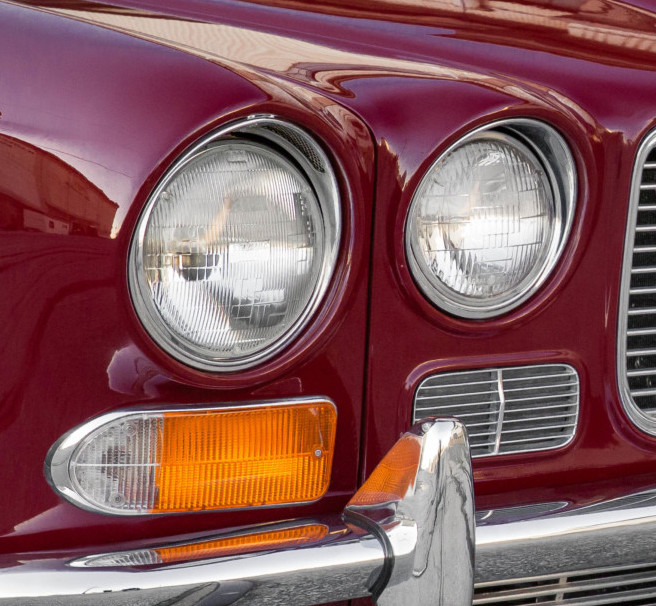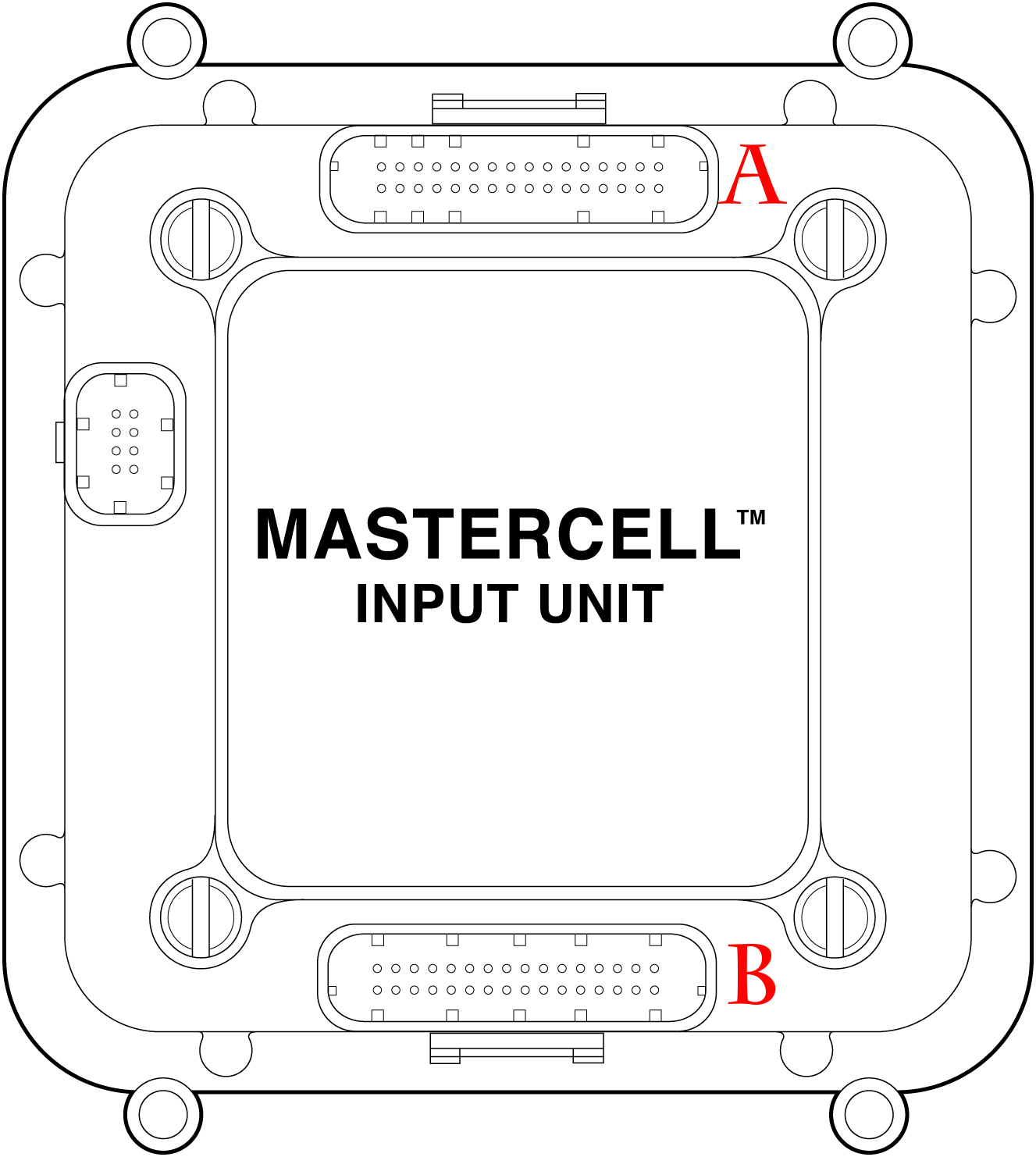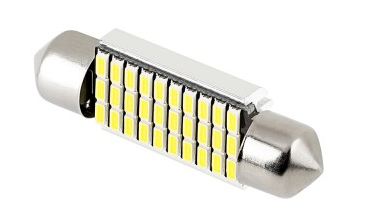Original 1972 configuration The Jaguar XJ6 lighting design borrows from earlier saloons. Standard Jaguar wiring links fog lamps to both running lights and headlights in that if fog lights are switched on, headlights automatically switch off, and vice versa. Running lights always turn on with either fog lights or headlights....
Continue reading...Differential
Comparative RPM profiles Our 1972 XJ6 came equipped with a Borg Warner BW12 automatic transmission (three gears with ratios of 2.40, 1.47, and 1.00) and a 3.54:1 Salisbury differential. With stock 15″ tires, the original cruising RPM profile is: STOCK XK6/BW12 CRUISING RPM PROFILE The General Motors 4l60E automatic transmission...
Continue reading...Rear inboard brakes
Inboard brakes Jaguar, along with several other foreign car manufacturers like Lotus, Maserati, Citroen and Alfa Romeo, experimented with inboard rear brakes to reduce unsprung weight and eliminate suspension twisting that occurs when brakes are installed at the wheel. Inboard brakes are located next to the differential and this inside...
Continue reading...Front drive accessory system
Engine bay limitations Once beyond the issue of whether the engine actually fits into the engine bay (and the Chevy LS3 does fit), fitment research must expand to the so-called front drive accessory system, a pulley array that rotates the water pump, alternator, power steering, and air conditioning accessories. The...
Continue reading...Chassis paint & heat insulation
Before assembly can begin in earnest, we elected to paint the engine bay and trunk space in the final body color: Porsche Lapis Blue Metallic (code 3A9) introduced in the 2001 model year. First the entire chassis was primed except for the wheel wells and undercarriage which will be treated...
Continue reading...Front & rear suspensions
The reassembly stage is officially underway with the milestone installation of both the front and rear suspensions. The rear suspension cage includes the rear brake rotors and calipers, adjustable springs, and the axle carrier.
Continue reading...Hood release mod
See also post about bonnet fitment. As one might expect from a car developed in left-side-driving England, the XJ6 hood release lever must be activated from the passenger side. Obviously, in a RHD version, the lever is in the “right” place next to the driver. Jaguar actually planned ahead for...
Continue reading...Dash refinements
See also prior dash makeover post. Basic T facia dash As our Jaguar restomod project evolves, the requirements and constraints on the interior dash design come into clearer focus. The original XJ6 Series 1 dash has a flat facia surface with a bullnose edging that is capped with a black...
Continue reading...Climate interface options
There are two Vintage Air Compac GenII (see climate control options post) dash interface options worthy of consideration: the Vintage Air Streamline 4-knob analog horizontal panel (491229), or the Dakota Digital digital push button oval (DCC-2300). Vintage Air Streamline The Streamline interface provides basic HVAC functionality — multiple mode heat,...
Continue reading...Brake line layout
Original LHD layout The British right-hand drive legacy forms a kind of “British car DNA” because design considerations always began from the RHD perspective. Jaguar often seemed to take shortcuts when it came to re-designing for the American left-hand drive market. The failure to reposition the front hood release to...
Continue reading...
